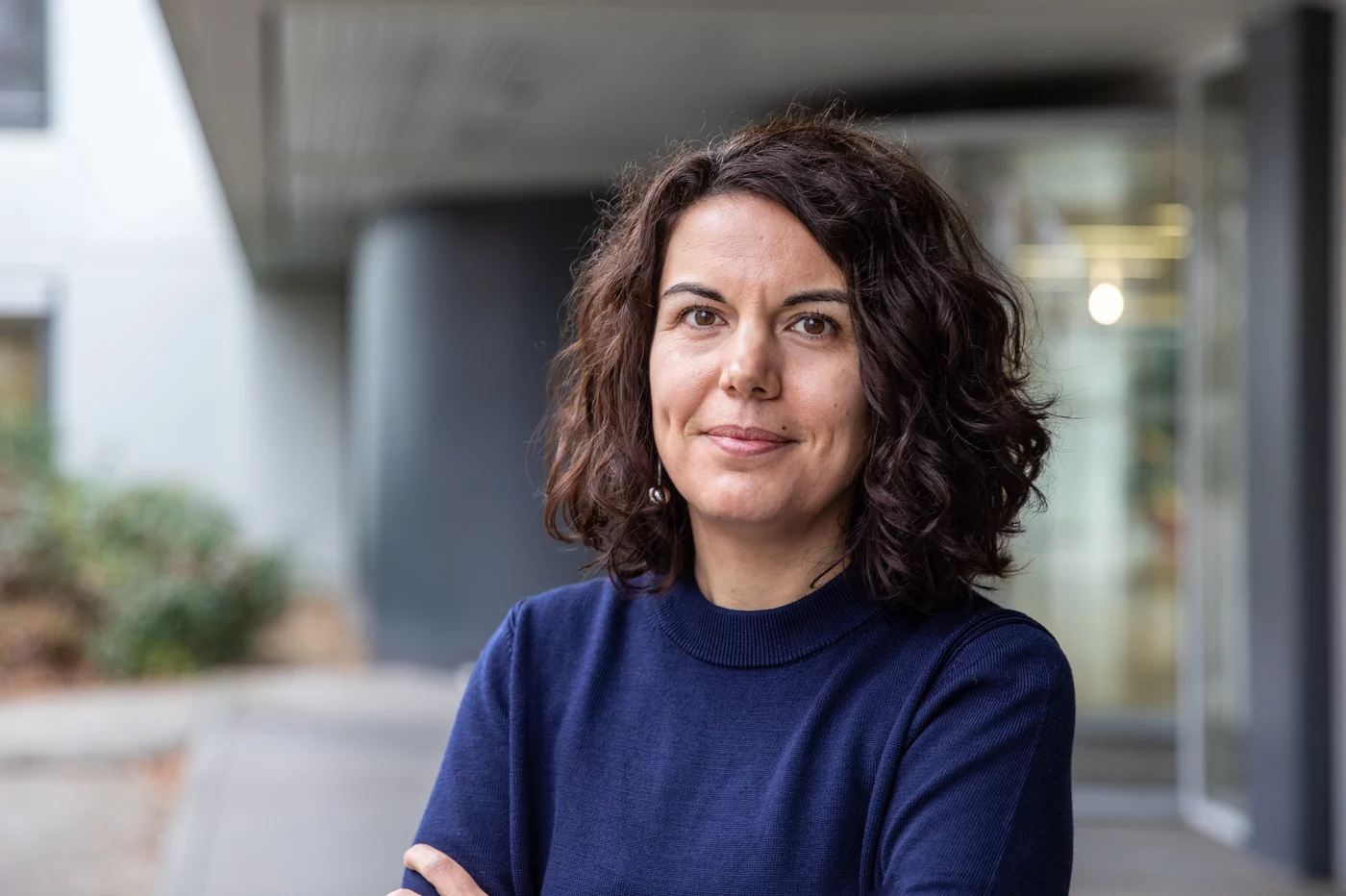
Bauernfried, S., and Hornung, V.
J Exp Med, 2022, 219, online ahead of print.
DOI: 10.1084/jem.20211405
Human NLRP1: From the shadows to center stage
In response to infection or cell damage, inflammasomes form intracellular multimeric protein complexes that play an essential role in host defense. Activation results in the maturation and subsequent secretion of pro-inflammatory cytokines of the IL-1 family and a specific cell death coined pyroptosis. Human NLRP1 was the first inflammasome-forming sensor identified at the beginning of the millennium. However, its functional relevance and its mechanism of activation have remained obscure for many years. Recent discoveries in the NLRP1 field have propelled our understanding of the functional relevance and molecular mode of action of this unique inflammasome sensor, which we will discuss in this perspective.


